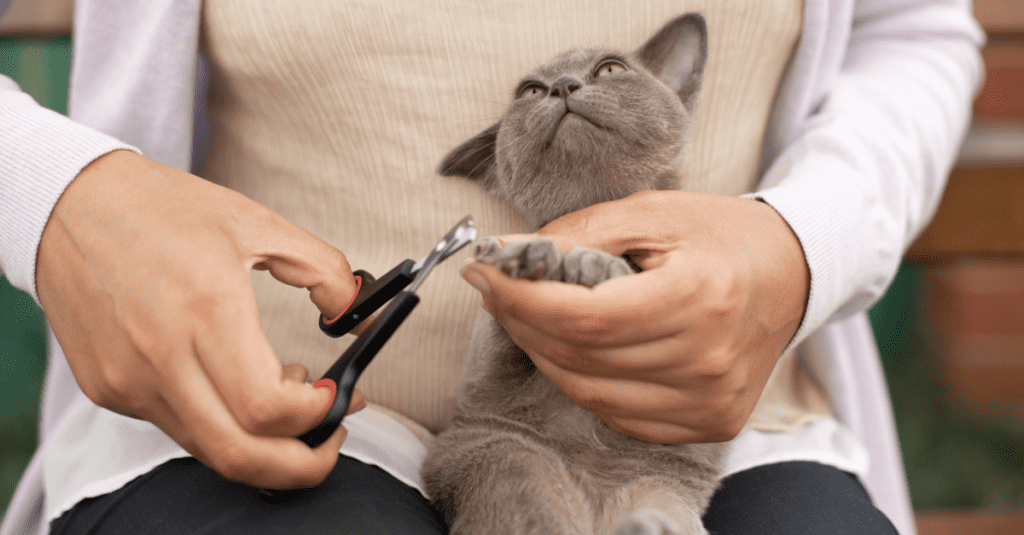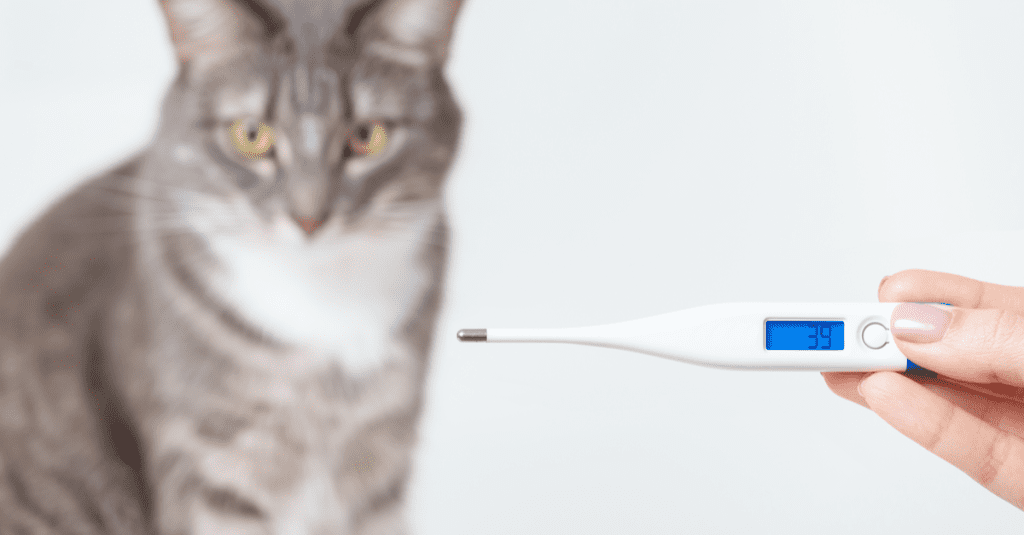There are many reasons to love cats, but one of their best features is how easy they can be to care for. Their personalities and habits make them even more adorable! You’ve mastered keeping the litter box clean (you’re such an efficient cat parent!), giving your pet quality food, and fresh water at every turn. You’re off to a great start! Now, try these 3 more things that every cat parent should know:
How To Trim Your Cat’s Nails:

Keeping your cat’s nails trimmed is an important part of maintaining his health. It protects you from getting scratched, it protects your furniture from getting shredded, and yes, it even protects your cat. If you’ve ever seen a kitty with untrimmed nails get caught up in carpeting and rip a nail out, you understand that keeping those claws short is ideal all around. It’s best to get your cat used to regular nail trims when he or she is a kitten, but even most adult cats will learn to accept having their nails cut. Just go slowly, speak softly, and reward your cat when you’re done.
1. Start when your cat is relaxed and go to a quiet place, away from distractions and other animals.
You’ll need to experiment with the best position to hold your cat. I prefer to lay my cats on their backs on my lap. You might try cradling your cat in the crook of your arm or having kitty lay on his side on your lap. See what works best for you and your cat.
2. Gently grab one paw and give a toe a slight pinch to extend the nail.
3. Using your nail trimmers, quickly and carefully clip the sharp tip of the nail. Be careful not to cut too close to the pink part of the nail, called the “quick”. The quick is very sensitive and will likely bleed and be painful if you cut it. If you do accidentally cut the quick, you can stop the bleeding with some styptic powder from your cat’s first aid kit.
4. Move on to the next nail, until you’ve done them all! Then praise and reward your cat for being such a good kitty. Repeat in another week or two when the nails are long again.
For cats that are especially resistant to nail trimming, you can get a restraint bag that allows you to gently restrain your cat and access each paw to trim the nails and avoid injury – to both yourself and your kitty!
How to Give a Cat a Pill:

We hope it never happens, but there comes a time in most pet parents’ lives that you have to medicate your fur kid. If you’re one of the lucky few, you can hide pills in your cat’s food or even give medication as a treat with Pill Pockets or Pill Masker. But, many cats can’t be fooled, and so you’ll need to know how to give your cat a pill. There are a few different methods, so you’ll want to experiment and find what works best for your cat.
1. Pilling By Hand:
Hold the top of your cat’s head. Use your thumb and middle finger to push the sides of your cat’s jaw and hold it open, and use that same hand to hold your cat’s head back. Use your other hand to gently pry open your cat’s mouth and quickly deposit the pill as far back onto your cat’s tongue as you can. Close your cat’s mouth and hold it closed, but don’t let kitty run off or he may spit the pill out! You’ll want to hold your cat’s mouth shut and encourage him to swallow by gently rubbing his throat or blowing softly into his face. After you feel him swallow, release him. Pilling by hand takes a bit of practice but may be the best option for cats that require daily long-term medications.
2. Pill Poppers:
Pill poppers are a great invention for people whose cats tend to get aggressive or bite when you stick your fingers in their mouth to give a pill. They look like a syringe you can put the pill into and, just like the name suggests, pop the pill into the back of your cat’s mouth. You’ll use the same technique above to open your cat’s mouth, insert the pill using your pill popper, and then hold your cat’s mouth closed and encourage him to swallow.
Important!
It’s highly recommended that you follow up pilling your cat by encouraging them to drink water or eat a small meal to help the pill travel all the way from the cat’s esophagus to his stomach and avoid irritation.
How to Take Your Cat’s Temperature:

If you suspect that your kitty is ill, taking his or her temperature is one way to evaluate if an emergency trip to the veterinarian is in order. Simply feeling your cat’s head or nose is not an accurate method – you need to use a thermometer and take your cat’s temperature rectally.
1. Hold your cat steady by his two front legs. Many cats don’t appreciate having their temperature taken (can you blame them?) so you may need a friend to help you with this. You might need to grab your cat by the scruff of her neck, the same way a mother cat would hold her kittens.
2. Lubricate your thermometer with a water-based lubricant or gel. Use a quick-read thermometer, and find one with a soft rubber tip for comfort and safety.
3. Now, lift your cat’s tail and insert the thermometer about an inch into your cat’s rectum. Hold this position until your thermometer indicates the temperature.
A cat’s normal temperature is 100.5 to 102.5 degrees Fahrenheit. If your cat’s temperature reads higher or lower than this, he may need to go to the veterinarian. Keep in mind that a high temperature could indicate your cat is sick but a low temperature can also be very serious!
Master these 3 simple cat care tasks and you’ll be ahead of the game when it comes to caring for your furry feline bundle of joy!
Did you find this helpful? Pin it!








